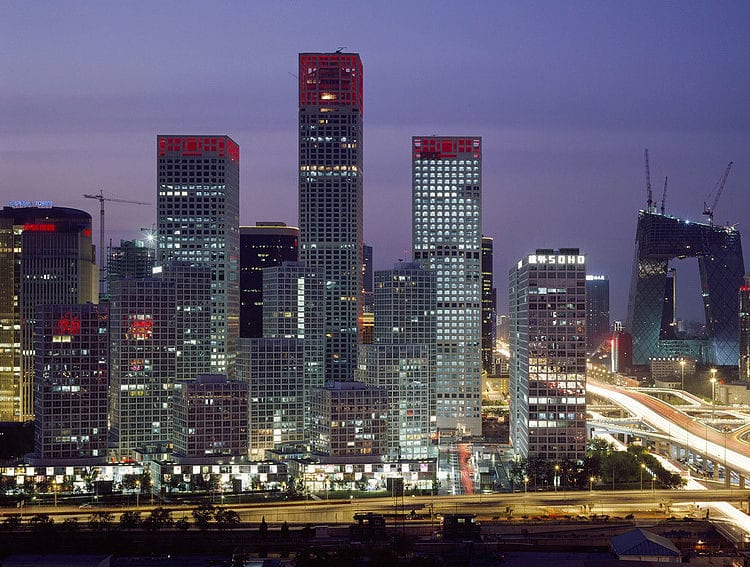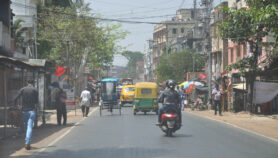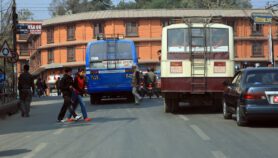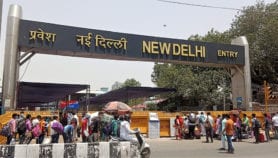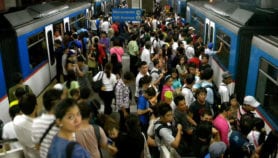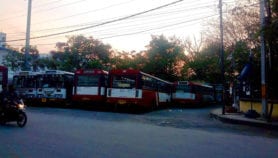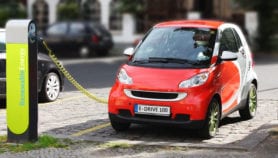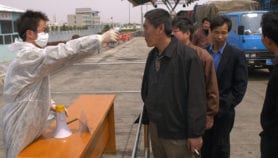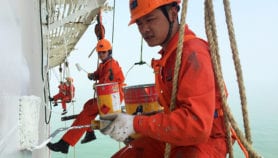By: Crispin Maslog
Send to a friend
The details you provide on this page will not be used to send unsolicited email, and will not be sold to a 3rd party. See privacy policy.
Science may be the only way to keep traffic moving in the region's huge cities as car numbers continue to rise, says Crispin Maslog.
South-East Asia is home to three of the world's megacities: Jakarta with an estimated population in 2012 of 28 million, Manila (20.7 million) and Bangkok (13.8 million). [1]
A megacity is usually defined as a metropolitan area with more than ten million people, although it is generally difficult to define their boundaries and so precisely count their populations.
Greater Tokyo remains the world's most populous megacity with more than 34 million inhabitants, although it has largely stopped growing. [2] In addition to the four cities already mentioned, other Asian megacities include Shanghai, Beijing and Guangzhou in China, New Delhi, Mumbai and Kolkata in India, Seoul in South Korea and Karachi in Pakistan.
One critical problem in these vast cities is vehicular traffic. The congestion in these megacities is legendary. To travel just ten miles from central Manila or Jakarta to the edge of the city usually takes two hours during peak traffic.
Countless hours and billions of dollars' worth of fuel and productivity are lost in traffic jams every year. Traffic accidents resulting in hundreds of deaths and injuries are a daily occurrence. And air pollution causes health problems among the city's population.
Common-sense solutions
What can be done to address the traffic problems of these sprawling metropolises? South-East Asian cities have adopted common-sense solutions.
Manila has brought in a "number coding" scheme in which only vehicles with a certain last digit on their car plates can drive in the city on particular days.
Jakarta has tried traffic-engineering schemes, such as switching some inbound lanes to outbound ones during evening rush hour. It has also introduced a TransJakarta rapid bus service, which mainly runs along dedicated lanes.
Beijing has widened roads, improved public transport and instituted licensed plate lotteries, which basically means that you have to win a permit by lottery to buy a car. This policy has been in place since January 2011.
Despite these measures, it is still faster to negotiate the two kilometres between Beijing's third and second ring roads on foot than by bus — and this has forced the government to explore further options. Soon, Beijing may be the first Chinese city to implement congestion pricing.
Congestion pricing would involve charging vehicles to enter busier downtown areas, reducing their number and raising revenue. The strategy has been successful in Singapore, London and Stockholm. In London, it cut the number of vehicles in the city centre by 45 per cent, while in Singapore it reduced this figure by 33 per cent.
Science to the rescue?
But as the number of cars continues to increase and traffic worsens, various countries are looking at how science can help them develop innovative ways to deal with congestion.
"Traffic science is one of those disciplines that seems permanently poised on the verge of a breakthrough. Professional journals regularly publish promising research, and the press trumpets their importance," Washington Post journalist Brian Palmer wrote in 2011. [3]
According to the article, scientists met in 1999 at Los Alamos National Laboratory in the US state of New Mexico "to solve our national traffic problem — just as an earlier generation of physicists had done to build the atomic bomb. And yet driving on the Beltway is still about as enjoyable as cleaning out your ears with a lemon reamer."
Why aren't we getting anywhere?
It turns out that traffic is a complicated problem that looks simple. It might be compared to molecular physics, because it is a system of individual particles interacting in complex ways. Except, with traffic, the particles have minds of their own that can form 'phantom traffic jams' in which a small disturbance in the flow of vehicles in heavy traffic can result in an actual jam.
A group of mathematicians at the Massachusetts Institute of Technology, United States, is working on a model to explain how and why phantom traffic jams form. The model may enable roads to be designed to neutralise these jams. The mathematics are like the equations used to describe the detonation waves produced by explosions. [4]
Mathematicians from the universities of Exeter and Bristol in the United Kingdom and Budapest in Hungary have done similar research. [5] They describe the problem this way: traffic jams leave drivers frustrated as they reach the end of a tailback to find no explanation for their delay.
An impatient lorry driver
Their model shows the impact of events such as a lorry unexpectedly overtaking. If the driver behind slows down below a critical speed, this forces the following car to brake even more heavily and the next car back to reduce its speed further still. The total impact several miles down the road would be a phantom traffic jam.
This information will help traffic engineers to regulate the flow of traffic and prevent unnecessary overtaking that causes traffic to slow down.
In the US state of Florida, the wireless technology found in smartphones and many newer cars is being used to track vehicles. Palm Beach County's Intelligent Transportation System Center uses traffic cameras, computer programmes and speed-detecting devices to give traffic engineers quick access to data. This allows them to change traffic signal timing to break up jams. [6]
Some countries are using radio-frequency identification to pace deployment and distances of public buses so that they don't all go out on their route at the same time. Smartphone applications are also available to help drivers avoid roads where there is heavy traffic build-up.
But in the final analysis, it is people who drive cars. And people need to be educated and disciplined if the traffic problem is to be solved.
Traffic science may help traffic engineers ease traffic jams. But without the help of social science, traffic jams will likely be with us for a long time

Crispin Maslog is a Manila-based consultant for the Asian Institute of Journalism and Communication. A former journalist, professor and environmental activist, he worked for the Press Foundation of Asia and the International Rice Research Institute.


